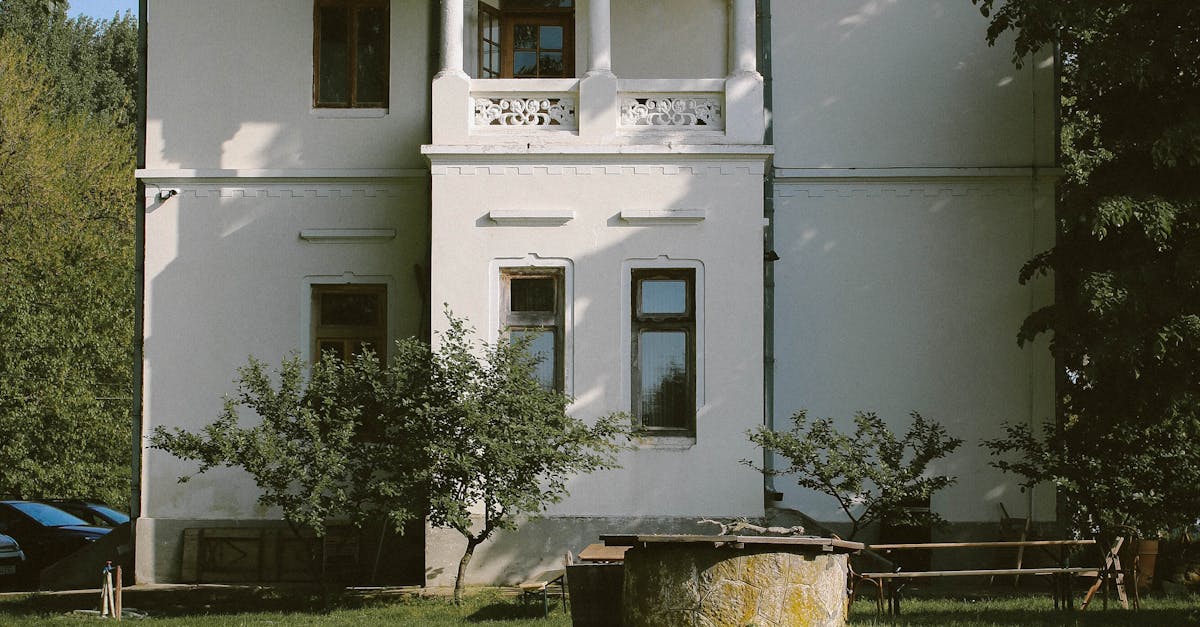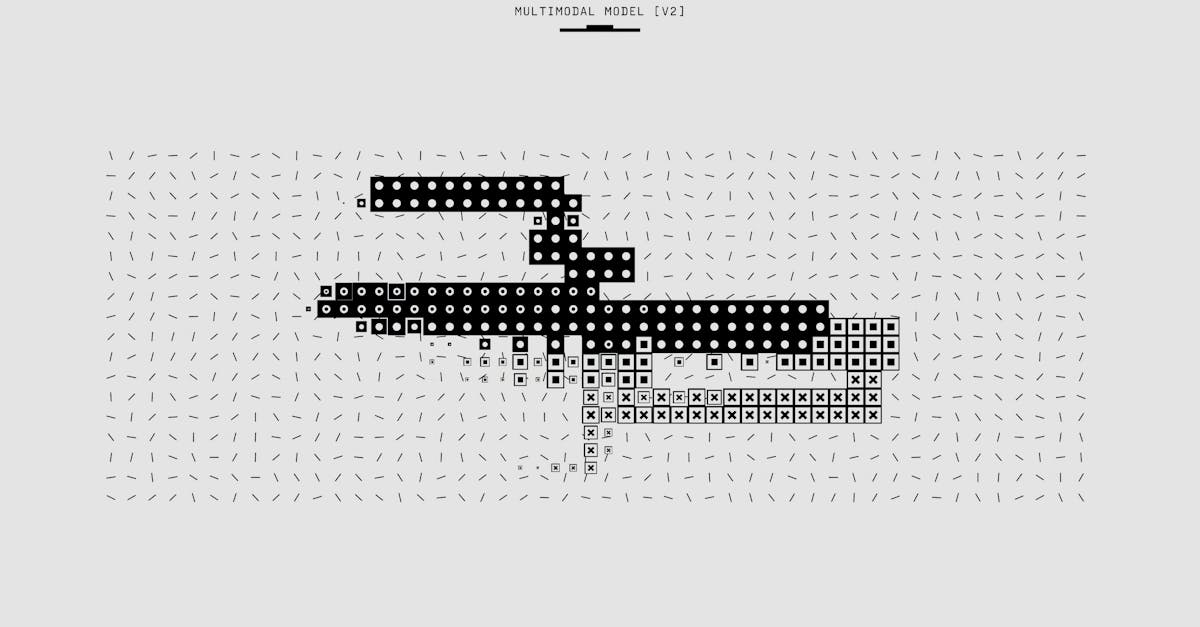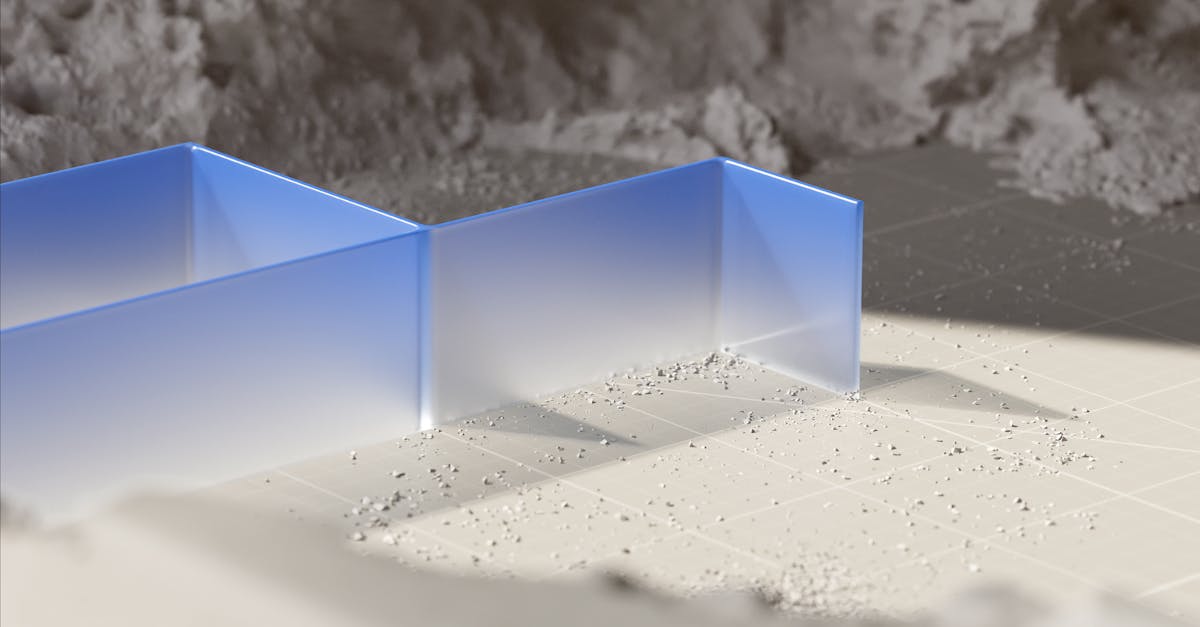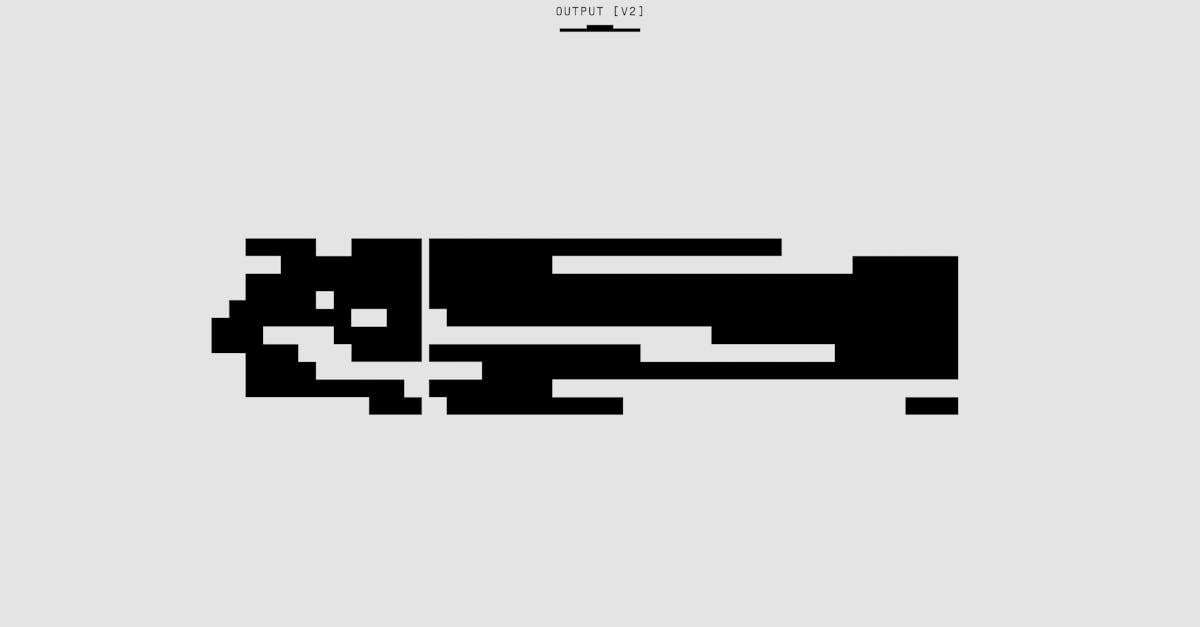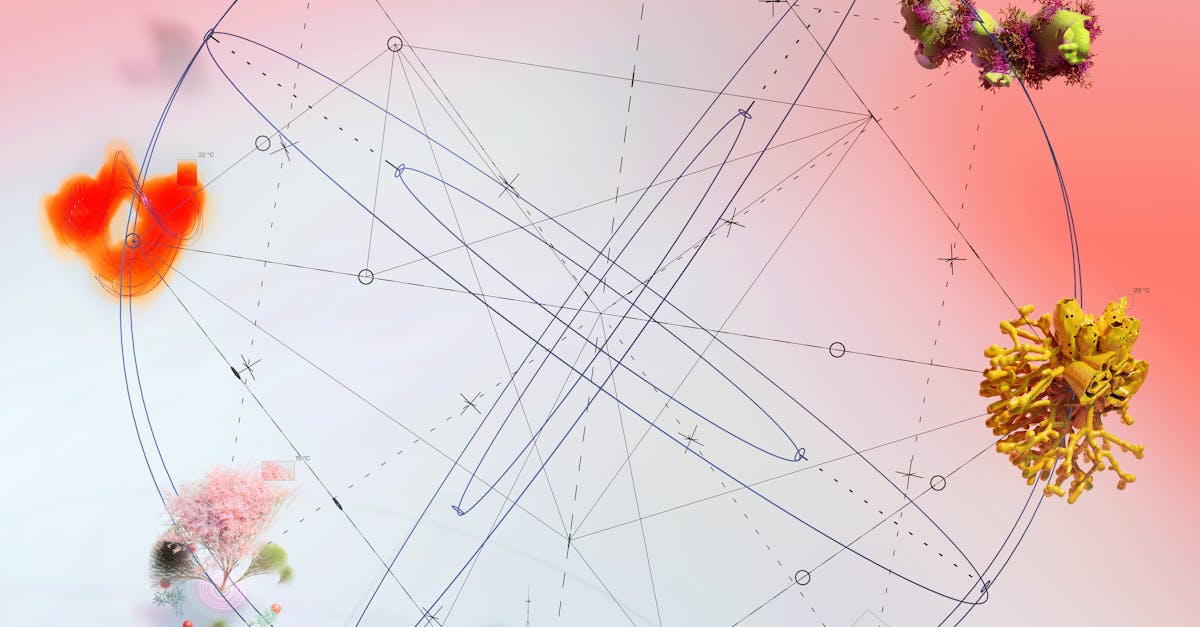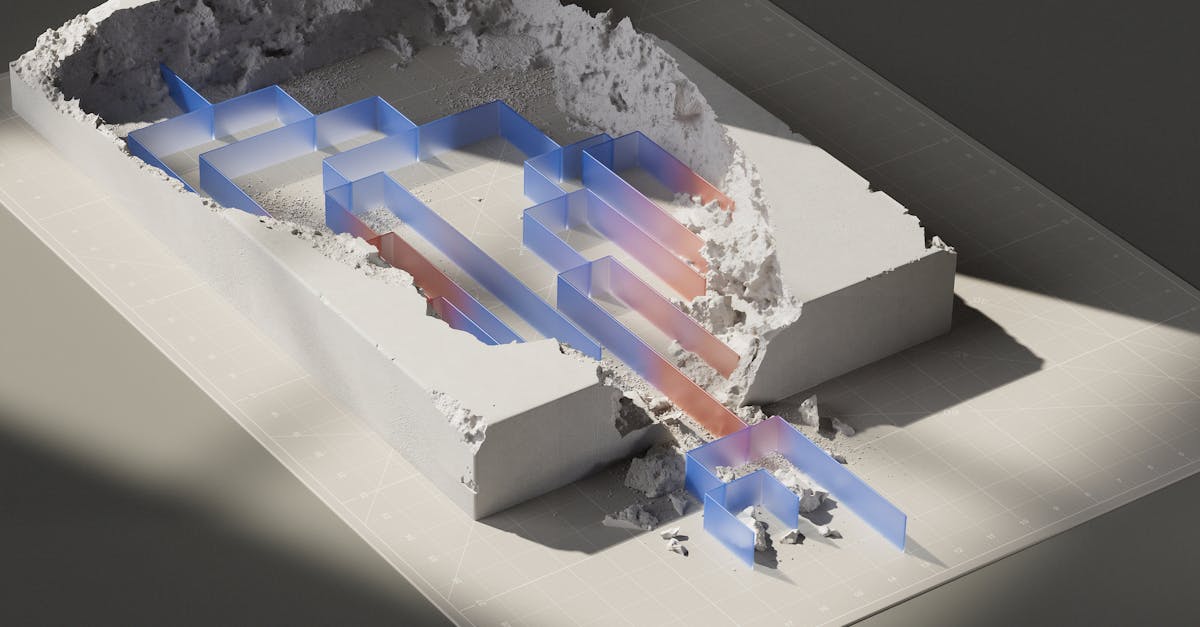
Table Of Contents
Impact of pipe depth on plant health
Properly determining the depth at which to bury irrigation pipes is crucial in ensuring the health and vitality of plants. Incorrect pipe depth can adversely impact plant growth and development. With roots being the lifeline of plants, they need sufficient access to water, and pipe depth plays a significant role in this process. Irrigation Design Ottawa emphasizes the importance of considering how different depths can affect root development and plant health.
Shallowly buried pipes can lead to surface root growth which may result in plants struggling to access necessary nutrients and water. Conversely, excessively deep pipes can cause roots to grow too far down, leading to decreased stability and nutrient absorption. Striking the right balance in pipe depth is key for optimal root development and overall plant health. By adhering to guidelines set forth by experts like Irrigation Design Ottawa, growers can ensure that their irrigation systems are installed at the ideal depth to support healthy plant growth.
Root development
Root development is a critical aspect of plant health and productivity. Proper irrigation pipe depth plays a significant role in facilitating optimal root growth. When pipes are buried at the right depth, roots are encouraged to grow downwards, promoting stability and nutrient uptake. This is particularly crucial for plants located in regions with varying soil and weather conditions such as those in Irrigation Design Richmond Hill.
Inadequate pipe depth can hinder root development and lead to shallow root systems susceptible to damage and water stress. By ensuring that irrigation pipes are buried at the appropriate depth, plant roots are encouraged to delve deeper into the soil, promoting resilience against drought conditions and overall plant health. Proper root development facilitated by well-placed irrigation pipes is fundamental in maximizing the efficiency of water and nutrient uptake in plants, leading to healthier and more vibrant vegetation within the context of Irrigation Design Richmond Hill.
Guidelines for burying irrigation pipes
When burying irrigation pipes, one key factor to consider is the depth at which they should be installed. The appropriate depth for irrigation pipes can vary depending on factors such as soil type, climate conditions, and the type of vegetation being watered. In general, pipes should be buried deep enough to avoid damage from inclement weather or accidental disturbances, while still remaining accessible for maintenance and repairs. Irrigation Design Thunder Bay recommends burying pipes at a depth of at least 18 inches to ensure they are adequately protected and remain functional for an extended period.
Additionally, it is crucial to take into account the frost depth in the region when determining the depth at which irrigation pipes should be buried. In areas where frost can penetrate deep into the ground, pipes should be buried below the frost line to prevent freezing and potential damage to the system. By following these guidelines and considering local conditions, Irrigation Design Thunder Bay helps ensure that irrigation systems are properly installed and maintained to support healthy plant growth and efficient water distribution.
Consideration of frost depth
Frost depth is a crucial factor to consider when determining the appropriate depth for burying irrigation pipes. In regions where frost can penetrate the ground deeply during winter, it is essential to ensure that the pipes are buried below the frost line to prevent freezing and potential damage to the system. By understanding the typical frost depth in the area where the irrigation system will be installed, Irrigation Design Richmond Hill can recommend an appropriate depth for burying the pipes to safeguard the system's functionality throughout the year.
Neglecting to account for frost depth in the placement of irrigation pipes can lead to significant issues during winter months. If the pipes are not buried deep enough to reach below the frost line, they are at risk of freezing, which can cause blockages, cracks, or even bursts in the system. Ensuring that the irrigation pipes are buried deep enough to remain unaffected by frost enables the system to operate efficiently and effectively, providing consistent water supply to support plant growth and health. In regions with harsh winter conditions, such as Richmond Hill, Ontario, careful consideration of frost depth is essential when designing irrigation systems to promote optimal functionality and longevity.
Common mistakes in pipe depth determination
Determining the correct depth for burying irrigation pipes is crucial for the efficient functioning of the system. One common mistake many individuals make is miscalculating the frost depth in their region. Ignoring the frost line can lead to pipes freezing and bursting during colder months, resulting in costly repairs and potential damage to the entire irrigation system. To avoid this issue, individuals should always consider the frost depth when determining how deep to bury their irrigation pipes, ensuring they are below the frost line to prevent freezing.
Another common mistake in pipe depth determination is failing to account for soil settlement over time. As soil settles, the depth at which the pipes are buried can change, potentially exposing them or causing them to become damaged. When planning the installation of irrigation pipes, individuals should take into account the natural settling process of the soil to ensure that the pipes remain at the appropriate depth for optimal performance. By considering factors such as soil settlement and frost depth, Irrigation Design Richmond Hill can help individuals avoid these common mistakes and ensure their irrigation system functions effectively for years to come.
Failure to account for soil settlement
Failure to account for soil settlement is a common mistake made in determining the appropriate depth for burying irrigation pipes. Soil settlement refers to the natural process where the soil compacts over time, causing a downward shift in the ground level. Ignoring this important factor can lead to irrigation pipes being installed too shallow, risking damage and inefficiencies in the system. For the team at Irrigation Design Saint Catherines, overlooking soil settlement poses a significant threat to the longevity and functionality of the irrigation system.
Properly addressing soil settlement requires a thorough understanding of the local soil composition and its behaviour over time. By conducting soil tests and considering factors such as the type of soil, moisture content, and previous land use, designers at Irrigation Design Saint Catherines can account for potential settlement and determine an appropriate depth for burying irrigation pipes. Failing to factor in soil settlement not only jeopardizes the effectiveness of the irrigation system but also increases the risk of costly repairs and maintenance down the line.
FAQS
How deep should irrigation pipes be buried?
Irrigation pipes should generally be buried at a depth of at least 12 inches to protect them from accidental damage and ensure proper water distribution.
What is the impact of pipe depth on plant health?
The depth at which irrigation pipes are buried can affect the health of plants by influencing the distribution of water to their roots. Proper pipe depth helps ensure consistent water supply to plants.
Why is root development important in determining pipe depth?
Understanding root development is crucial when determining pipe depth, as placing pipes too shallow can inhibit root growth while burying them too deep may reduce the efficiency of water delivery to the roots.
What are the guidelines for burying irrigation pipes?
Guidelines for burying irrigation pipes include considering frost depth, soil type, and the specific needs of the plants being watered. It is generally recommended to bury pipes at a depth that ensures protection and efficient water delivery.
What are some common mistakes in determining pipe depth?
Common mistakes in determining pipe depth include failure to account for soil settlement, inadequate consideration of frost depth, and overlooking the impact of root development on water distribution to plants.
